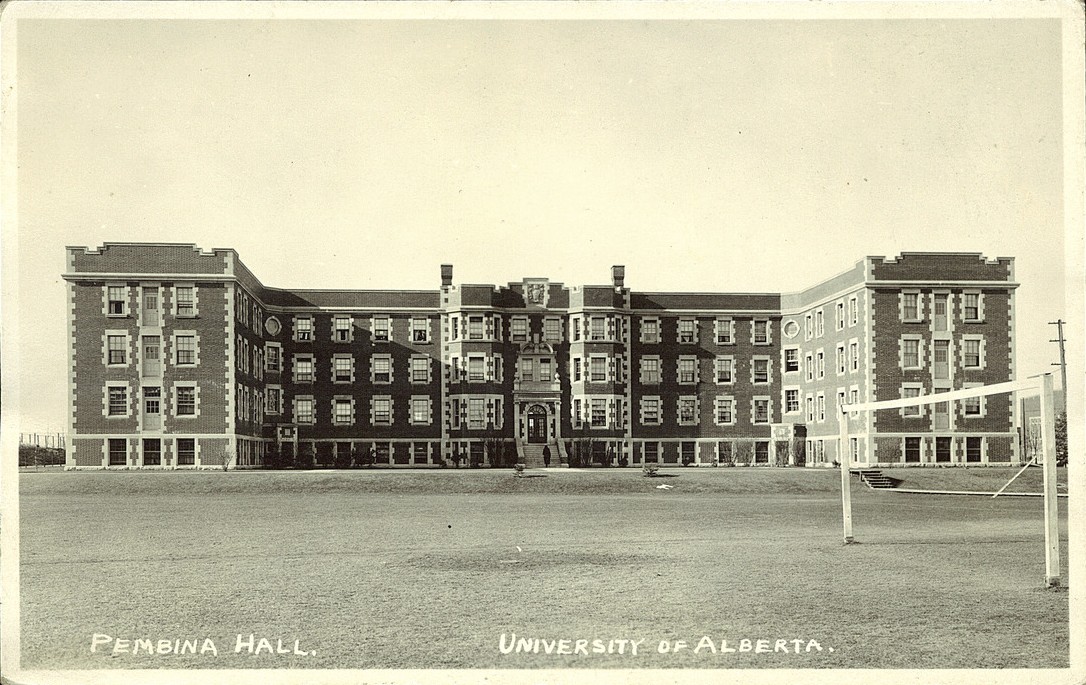Phrenology and Autodiegetic Narration in Jane Eyre
DOI:
https://doi.org/10.29173/cons29437Abstract
This paper examines how Charlotte Brontë's belief in phrenology influences the narration of her novel Jane Eyre. Phrenology was a nineteenth-century belief that the shape of the skull could give information about a person's temperament. Phrenologists speculated that the brain was split into separate parts, or faculties, that defined the individual's ability to feel a particular emotion. A bump on the skull implied that the faculty underneath that part of the skull was bigger, so the individual was more inclined to feel that emotion. By placing Jane Eyre within the historical context of the rise of phrenology, I explore the ways in which Brontë's phrenological representation of Jane's mind informs and parallels the autodiegetic narration of Jane Eyre. My analysis focuses on moments when Jane draws attention to the fact that she is a first-person narrator telling the story of her own past experiences. I argue that these moments are comparable to those when Jane’s experiencing-self is fractured into phrenological faculties. Concomitantly, I seek to trace how Jane's narration changes as she moves between the locations of Thornfield, the Moor House, and Ferndean. I suggest that the shifts in narration draw attention to these locations as metaphors for varying degrees of restriction on Jane's faculties. Through an application of nineteenth-century psychological studies, I conclude that Brontë uses her narration style to criticize phrenologists who promote an unnaturally restrictive control of the faculties.
Downloads
Published
How to Cite
Issue
Section
License
Copyright (c) 2021 Constellations

This work is licensed under a Creative Commons Attribution-NonCommercial 4.0 International License.



